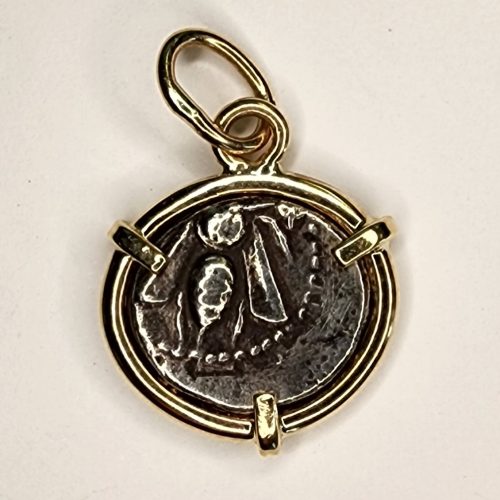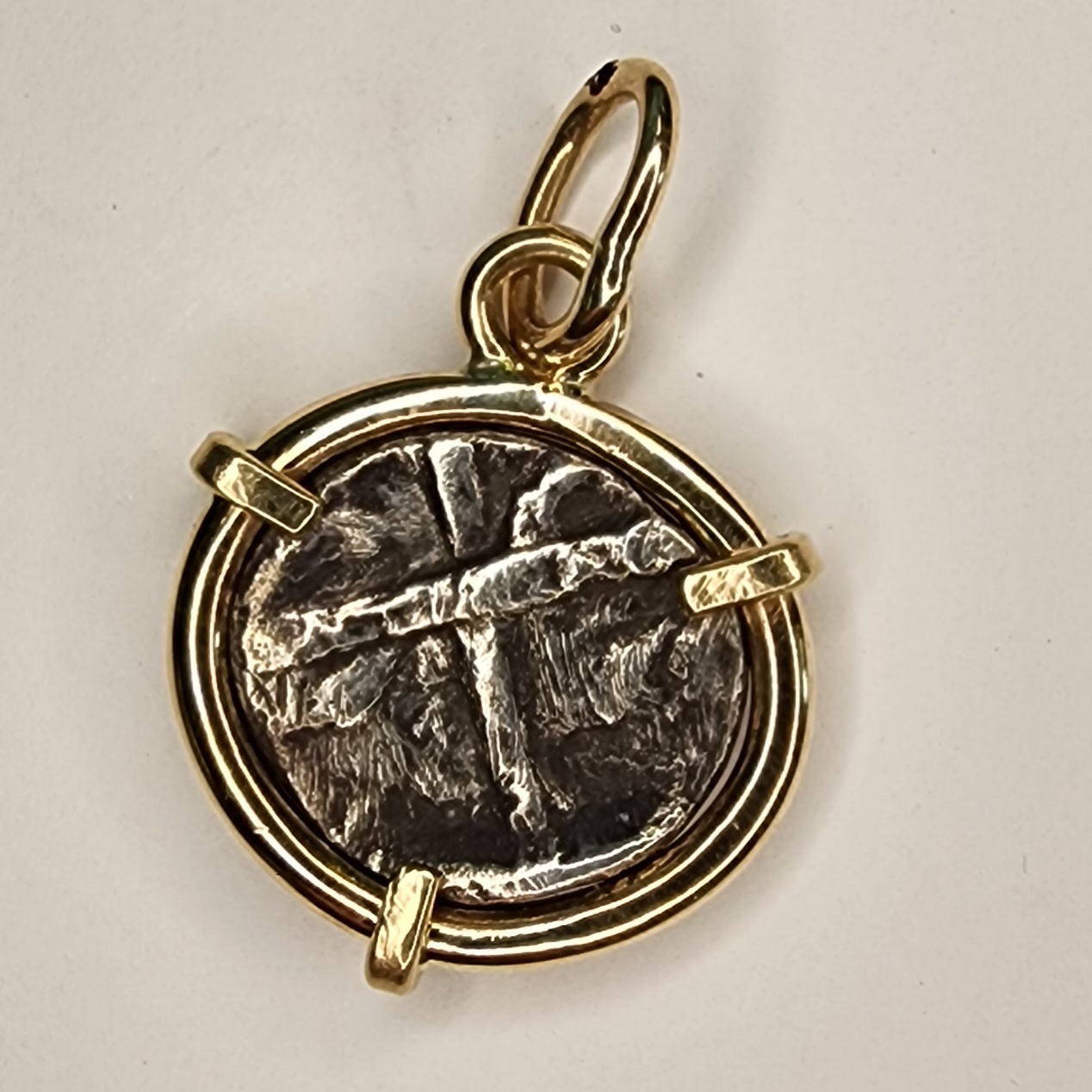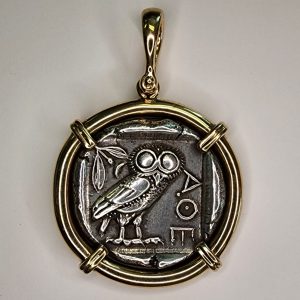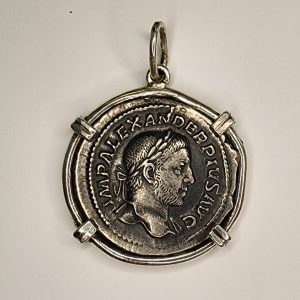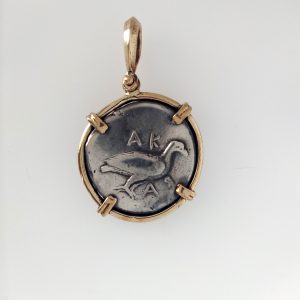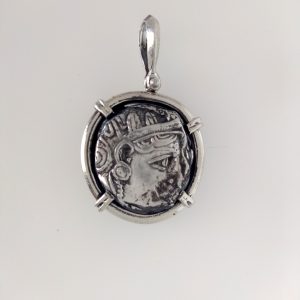Description
This coin is a Greek silver hemidrachm minted in the city of Ephesus in Ionia (on the Aegean coast of modern-day Turkey), circa 335-320 BCE. The obverse depicts a honeybee and the reverse depicts a quadripartite incuse square.
Ephesus was the location of a famous temple to the goddess Artemis, which was one of the seven wonders of the ancient world. Artemis was the goddess of nature, wilderness, wild animals, the hunt, chastity and childbirth. At the temple, the high priest was known as the “king bee” and the priestesses were called “bees”. Bees became a civic symbol for the city of Ephesus.

